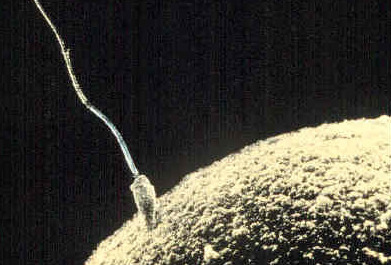"Designer Baby" Technique Discussed by Officials

Officials on Wednesday are discussing and questioning the safety of an experimental technique that uses eggs and sperm from three adults.
U.S. Food and Drug Administration (FDA) advisers are mulling over data that suggests that a proposed in-vitro impregnation technique that will allow children to be "designed" free of the risk of mitochondrial diseases is safe to be tried in experimental trials on human volunteer subjects.
The process uses parts of unfertilized egg cells from two females and the sperm from a single male to create a human embryo. According to the FDA, the process has already been successfully done a few times in monkeys to produce healthy offspring, and now researchers would like to use the same technique to create a human child.
Ethical protests aside, if successful, the process could be beneficial for women who are trying to have children late in life when their own egg cells may not be entirely healthy.
Scientists closely following the meeting told NBC news that the process could be safer and more successful than standard in-vitro fertilization practices, which currently drop in success rate by about ten-fold in women older than 35 years old.
The U.S. recently has seen an all-time high in children born of in-vitro fertilization methods back in 2012, where over 60,000 "test tube babies" were born within that single year, according to the Society for Assisted Reproductive Technology.
Still, even with in-vitro fertilization becoming increasingly accepted in the U.S., this latest technique may still be too ethically questionable for most mothers' tastes.
The process involves a fair amount of genetic engineering, taking the healthy genetic material of the intended mother's reproductive cells and introducing them into a healthier egg cell. The process, according to some scientists, may resemble eugenics but is more of a preventative measure, where the mitochondria of a cell can be repaired and altered, eliminating the chances of known genetic defects in a developing child.
FDA officials assure the scientific community that their decision on the technique will be based entirely around the known safety of the procedure, with no room for ethical discussion.
It should be noted that the FDA is not scheduled to come to a decision about the procedure any time soon, using this meeting and others to gather information to help make an educated decision at a far later date.
© MD News Daily.
